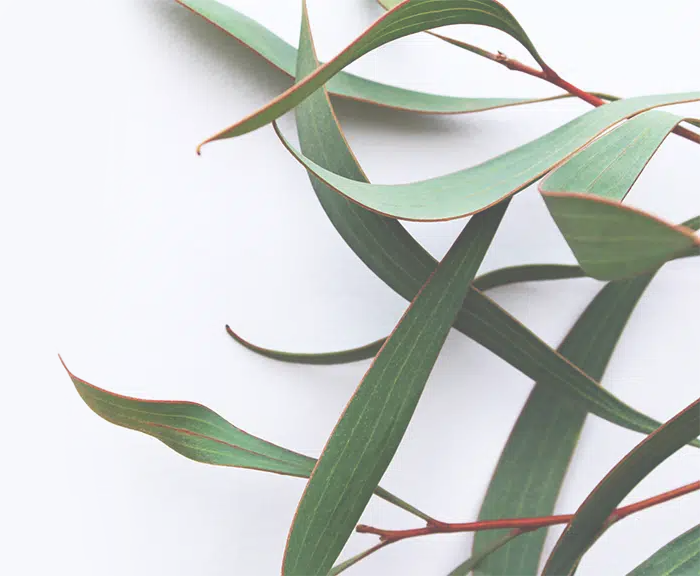In the past few weeks and months, it has become clear to all of us that it’s important to protect and fuel our immune system. While taking vitamins and supplements can be beneficial in helping to boost immune function, getting those nutrients from food is even better for us!
With this simple, quick sauerkraut recipe, you’ll not only be adding a serving of veggies to your plate, but you’ll also be serving up a serious lift to your immune system. Fermented foods are loaded with nutrients, antioxidants, and probiotics.
Garlic has been shown to provide protection against atherosclerosis (plaque in the arteries) and heart disease, and it raises good cholesterol levels. Many studies have shown garlic to be effective in lowering blood pressure as well.
Additionally, garlic is a well-known infection-fighter. Its high antimicrobial activity helps to fight against infections such as colds, flu, stomach viruses, and Candida and is also a powerhouse against microbes like tuberculosis and botulism.
Allicin, a substance in garlic, has been shown to protect colon cells from the toxic effects of cancer-causing chemicals, but also to stop the growth of cancer cells once they develop.
Ginger has powerful anti-inflammatory and antioxidant effects, including fighting infection, battling inflammation in the body and even helping with nausea.
Curcumin is the main active ingredient in turmeric. It has powerful anti-inflammatory effects and is a very strong antioxidant. In fact, it’s so powerful that it matches the effectiveness of some anti-inflammatory drugs, without the side effects.
It blocks NF-kB, a molecule that travels into the nuclei of your cells and turns on genes related to inflammation. NF-kB is believed to play a major role in many chronic diseases.
Adding turmeric into your diet regularly can help lower inflammation, which ultimately helps to boost your immune system.
In the process of fermentation, bacteria (probiotics) are created. These probiotics help to heal the gut, which is directly tied to immune function.
Try adding this easy sauerkraut into your rotation this week!
Ingredients:
- ½ Organic Cabbage- ( 1 pound) finely sliced or shredded ( save one outer cabbage leaf for the top)
- ¼ Onion – finely sliced
- 2 Garlic Cloves- minced
- 1 1/2 teaspoons Med- Ground Sea Salt
- 1 teaspoon Fresh Ginger – finely chopped
- 1 teaspoon Finely Grated Turmeric- or sub ½ teaspoon ground
Optional Additions: grated carrots, whole spices like caraway seeds, cumin seeds, coriander seeds, fresh herbs- use your imagination!
Directions:
- Chop cabbage into thin strips ( you can also shred in a food processor) and place in a bowl. Add salt. Massage cabbage well, which will open up its pores and allow for better fermentation.
- Add onion, garlic, ginger and toss well using hands or tongs. Add turmeric and toss again with tongs ( turmeric will stain your hands). Let stand 15-60 minutes while you clean up.
- Mix again will once more and place into the jar, packing down hard. If the liquid does not come up over the cabbage while pressing down, add a little water until it does.
- Cover with a cabbage leaf, pressing down ( to prevent oxidation).
- To keep kraut pressed down under the surface of the liquid while it ferments you could weigh it down with a small zip lock bag filled with plain water. Tuck it in the jar and cover loosely with the lid.
- Cover loosely with a lid and place in a bowl or pan on the counter for 4-5 days, covering with a kitchen towel, burping every day or so. ( If your lid is loose, you won’t need to burp).
- Fermentation will occur faster in the warmer months and slower during the cold months. It likes to be around 60-72F. In summer, find a cooler spot like in the basement. Longer cooler ferments do offer up the best flavor.
- When you see a little activity, usually after about 4-5 days- gas and or bubbling when you give it a stir -feel free to taste, letting it ferment and sour longer if you prefer, or keeping it fresh and crunchy by placing it in the fridge to stop or slow the process down.
- Enjoy!
Notes:
- For different sized batches….the general salt to cabbage ratio is 2 ½ -3 tablespoons salt to 5 lbs cabbage. Or for every one pound of cabbage 1.5-1.75 teaspoons salt. (One large cabbage weighs about 2 pounds). Or if using a saltwater brine, 1 ¼ – 1 1/2 teaspoon salt to 1 cup water.
- Using organic or farmers market cabbage often has the BEST results- that’s because the bacteria that ferment the cabbage actually comes from the surface of the cabbage, to begin with. Garden-grown or farmer’s market cabbage has more of these live bacteria still on it compared to grocery store varieties.
- Use medium-ground SEA SALT!






